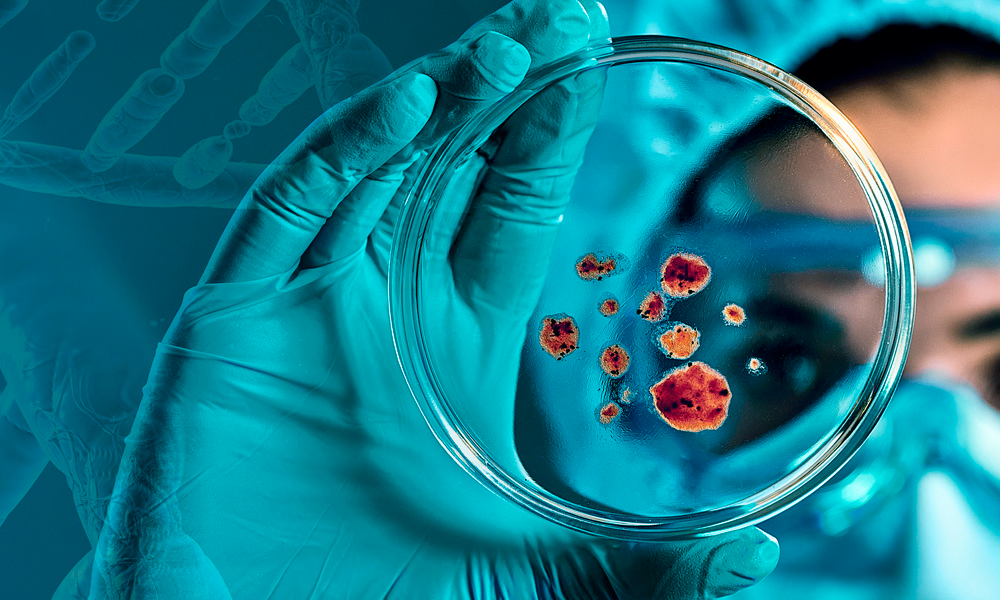The culture of biosafety is a set of values, practices and behaviors that apply to all UAB activities involving the use of biological materials, especially those that may present risks to human or animal health or for the environment. This culture is essential in fields such as biomedical research, healthcare, agriculture, the pharmaceutical and biotechnology industries, and other areas where pathogenic microorganisms and GMOs are handled.
Key aspects to consider include:
1. Leadership and commitment: management must promote it by establishing clear policies and providing the necessary material and technical resources.
2. Personal responsibility: we must all follow biosafety guidelines and report any safety issues that are identified.
3. Regulatory compliance: it is essential to comply with applicable legislation and internal biosafety standards.
4. Training: people who work with biological materials must receive adequate training that allows them to identify risks and be aware of applicable biosafety measures.
5. Biosafety protocols: they must be rigorous and enforced.
6. Risk awareness: which involves the identification of biological agents and a thorough understanding of the risks associated with the activities being performed.
7. Documentation and record keeping: including comprehensive inventory records, risk assessment of experimental procedures, biosafety inspections and staff training.
8. Effective communication: sharing information on risks, biosafety measures and incident response procedures.
9. Bioethics: accountability in research, management of conflicts of interest and consideration of the ethical implications of research are an important part.
10. Continuous improvement: which implies the commitment to regularly review biosafety policies and procedures, carry out risk assessments and inspections and stay up to date with advances in biosafety.
11. Emergency response: preparedness for emergency situations, such as biohazardous spills or accidental exposures, is essential, and requires well-defined and implemented response plans and instructions.
12. Risk and incident/accident reporting: it is essential to foster a culture where people feel comfortable reporting risks or incidents because it allows biosafety issues to be addressed proactively.
13. Sustainability and environmental protection: in addition to human safety, it is necessary to consider environmental protection and responsible management of biological waste.
The functions of IBC are as follows but are not limited to:
- Participate in advising on facilities and oversight of research activities involving the use, storage, release into the environment, export or import, destruction and/or disposal of biological agents, genetically modified or not, and samples containing them.
- Control that activities involving the use of biological agents comply with legal and internal regulations.
- Establish biosafety criteria for internal application throughout the UAB and disallow the initiation of any activity that is not in accordance with current regulations.
- Promote training and informative activities related to biosafety at UAB.
- Ensure the protection of intellectual property rights and the confidentiality of data and information submitted to the IBC.
Whenever biological agents, whether genetically modified or not, of risk to health (human, animal or plant) or the environment are to be used in research or teaching practices, a risk assessment must be performed and reported to the IBC for review.
The IBC has established a biosafety training program with the aim of ensuring that all members of the university community who handle biological agents receive sufficient and appropriate training to enable them to identify biological risks and to know and practice preventive and protective measures to minimize them.
